The global pandemic has changed the way we celebrate this year with limited festivities and smaller gatherings. Our Filipina Macaroni Kid Moms collaborated on this article as a way to continue sharing the Christmas spirit and our Filipino holiday family traditions with you.
The Philippines has the longest Yuletide season in the world
September is the first month ending in "ber." The 100 days until Christmas countdown starts on September 16, but Filipinos start decking the halls and cities with glimmering lights and playing Christmas music even earlier, on September 1! It's a tradition that has been passed down for generations.
Filipino culture is very family-centric and has a strong Spanish influence. You will see many commonalities with the Spanish and Filipino language and culture. The core of our holiday celebrations is wrapped in what matters most: Family, faith, food, friends, and fun!
Family and Faith
Christmas is a time Filipino families reunite in faith. Over 90 percent of the Philippines identifies as Christian, and the majority of Filipinos are Roman Catholic. Families gather in faith starting with the Holy Mass, called Simbang Gabi. This is a nine-day novena mass to commemorate Mary's journey to Bethlehem, celebrated each dawn from December 16 to December 24. Misa de Gallo, meaning "Rooster's Mass," is the first mass after the nine days of prayer. It's said that those who attend each mass for nine days will have their wishes come true.
The Belén or nativity scene is prominent not only in the churches but also at home. My mom hand-painted this porcelain Belén over 40 years ago. It has traveled with us around the world and we display it every year at Christmas:
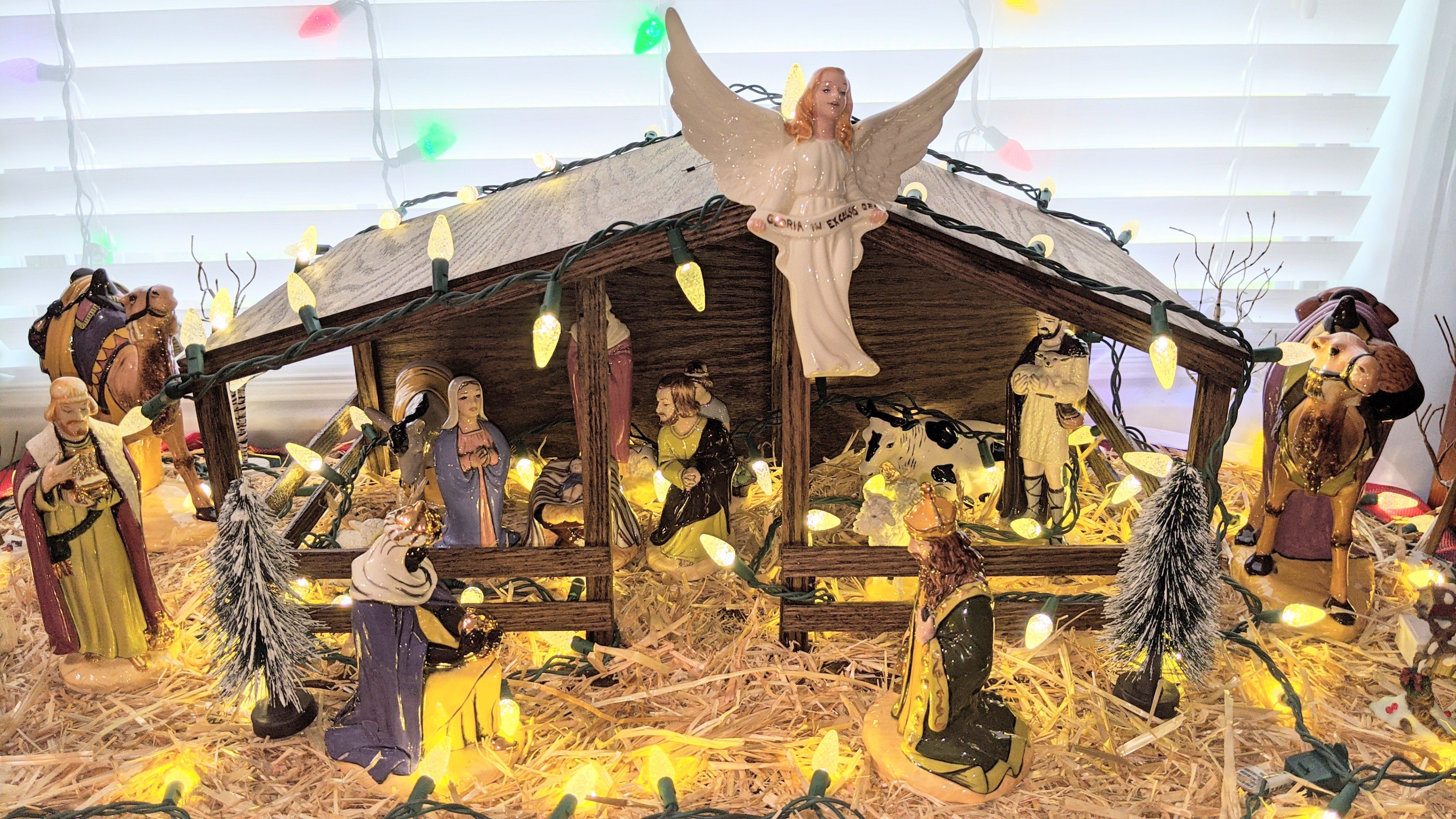
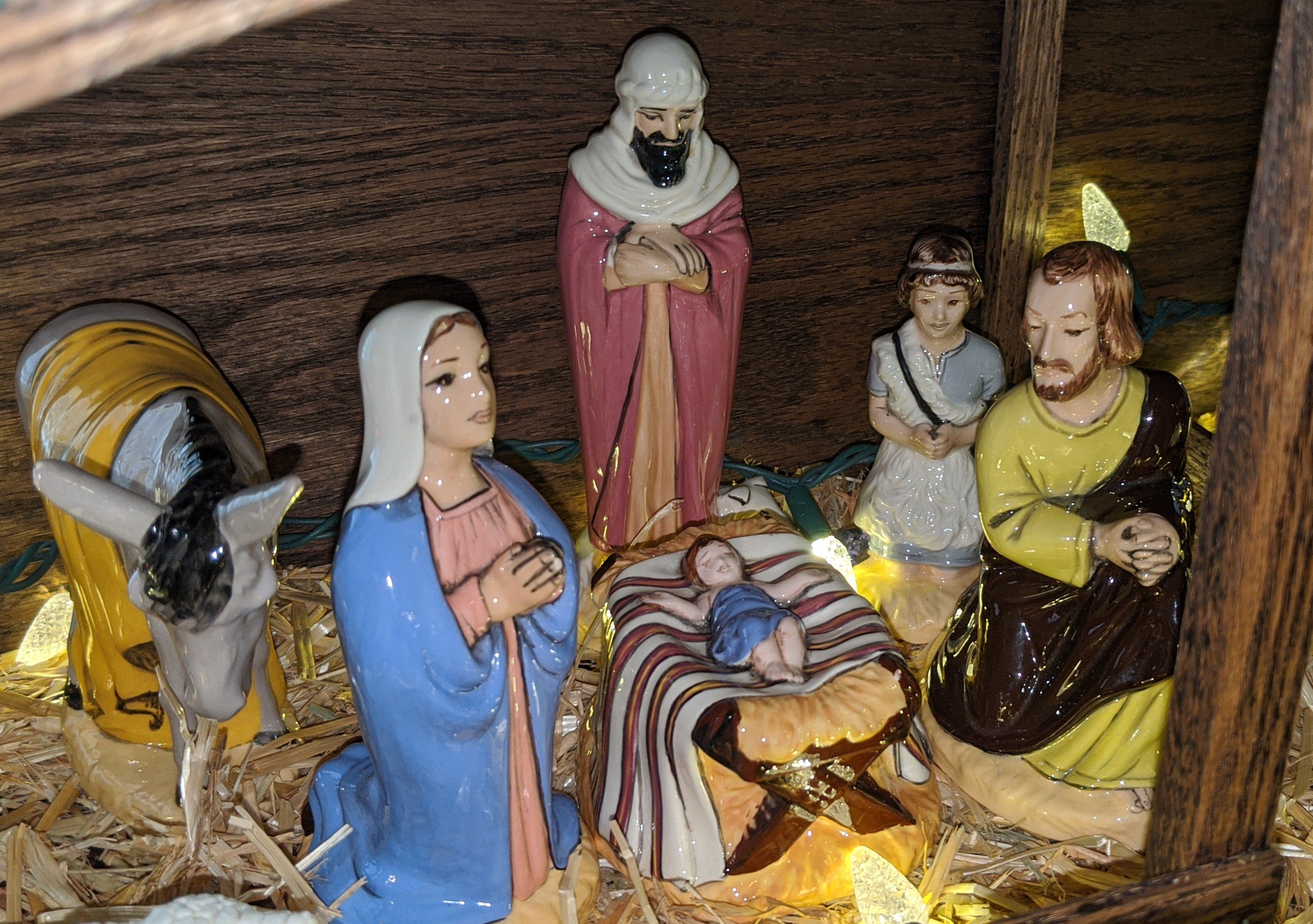
The Disney magic
Filipinos were bursting with pride when Disney UK released this heart-warming holiday advertisement in November 2020, featuring Filipino culture and family traditions. One tradition that stands out is the grandmother, who we call Lola, making a star-shaped lantern, called a paról, with her apo, meaning granddaughter. The paról, which is from the Spanish word farol meaning lantern, is symbolic of the Star of Bethlehem, which guided the Three Kings to the nativity. Filipino's originally made the paróls to hang on lamp posts to guide families going to the midnight mass called Simbang Gabi.
Make your own paról
Paróls are made of bamboo sticks and decorative paper and lit from the inside. Paróls were often made as school projects and sometimes there are contests to showcase the most beautiful paról. Below are Macaroni Kid Publisher Emily Bowman's sons making paróls at home. Want to make a paról with your kids? Here's a great tutorial video, from Disney UK.
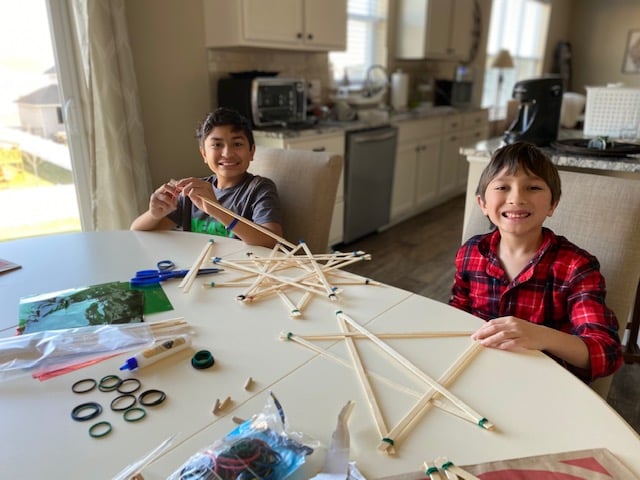
 |  |
Family and food
Filipino festivities would not be complete without a massive spread of home-cooked food, including lechón, a whole roasted pig, and other sweet and savory delicacies. After the mass on Christmas Eve, everyone gathers for a lavish family feast called Noche Buena, meaning "Good Night." On New Year's Eve, families gather once again for a feast called Media Noche, meaning "midnight."
|
|
|
|
Family, Friends, and Fun
Filipinos also love music and singing! We go caroling with family and friends around the neighborhood. Aguinaldo, gift-giving (usually money) from Godparents and elder family members, is another tradition showing our generosity and the giving spirit of Christmas.
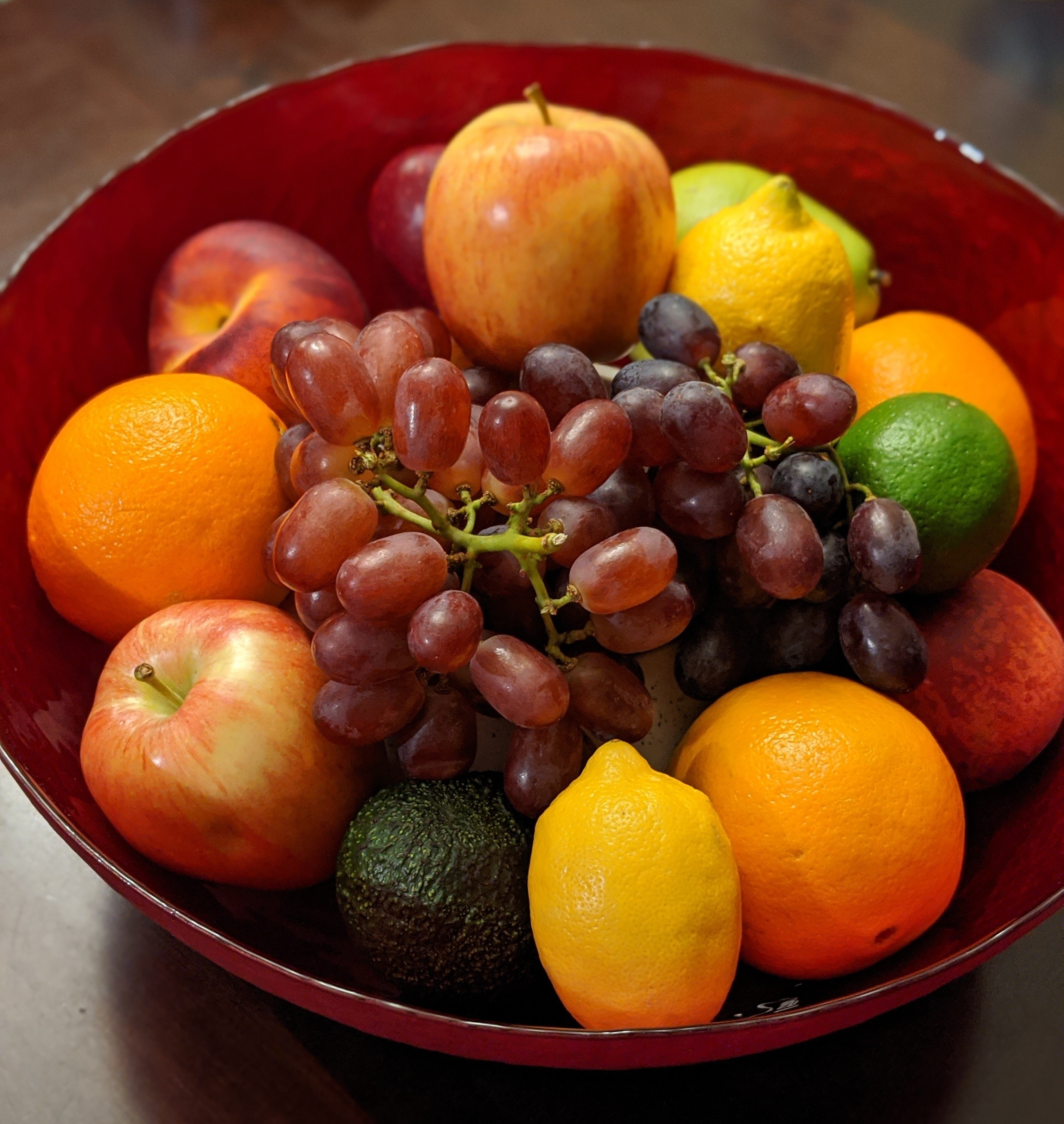
New Year's Eve
For New Year's Eve, families gather and display 12 round fruits. Twelve represents the number of months in the year and the circular shape represents coins or money. Everyone is encouraged to wear something round on their clothes (like polka dots), to symbolize prosperity in the new year. Some families throw coins and some folks place coins on each step of the stairs. At midnight, all drawers and doors are opened to welcome the new year's abundant blessings.
The Christmas season caps off January 6, Araw ng Tatlóng Harì, meaning Three Kings Day (Feast of the Epiphany). The Three Kings also leave gifts for the children.
We hope you enjoyed learning about our Filipino family traditions!
We wish you and your family a Merry Christmas and a Happy New Year!
Maligyang Pasko at Manigong Bagong Taon!
Looking for more kid-friendly articles and ideas for Ottawa family fun?
Subscribe now for a free newsletter and event calendar!
You'll be glad you did ... and so will your kids!
For even more fun, find us on Facebook, Twitter and Instagram.

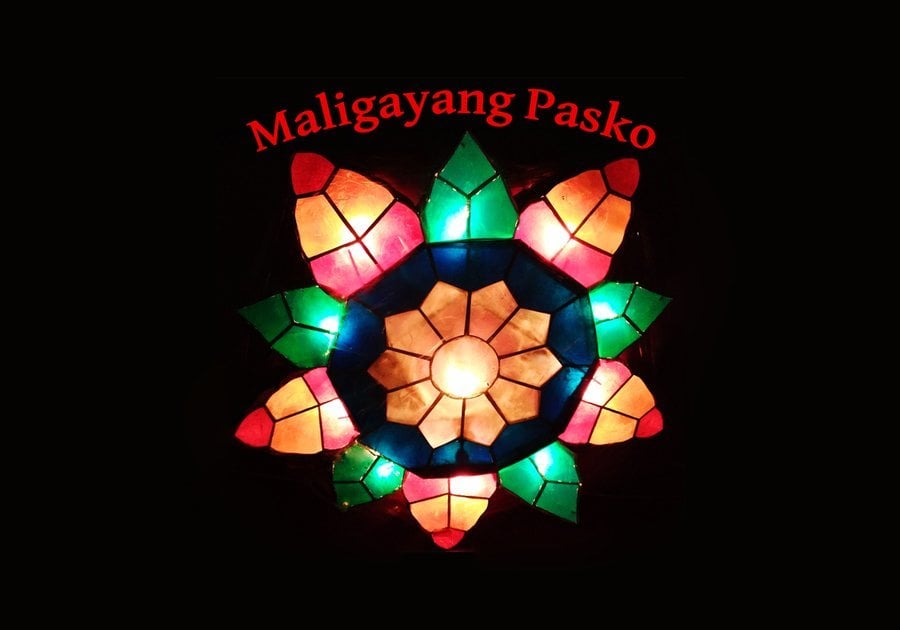
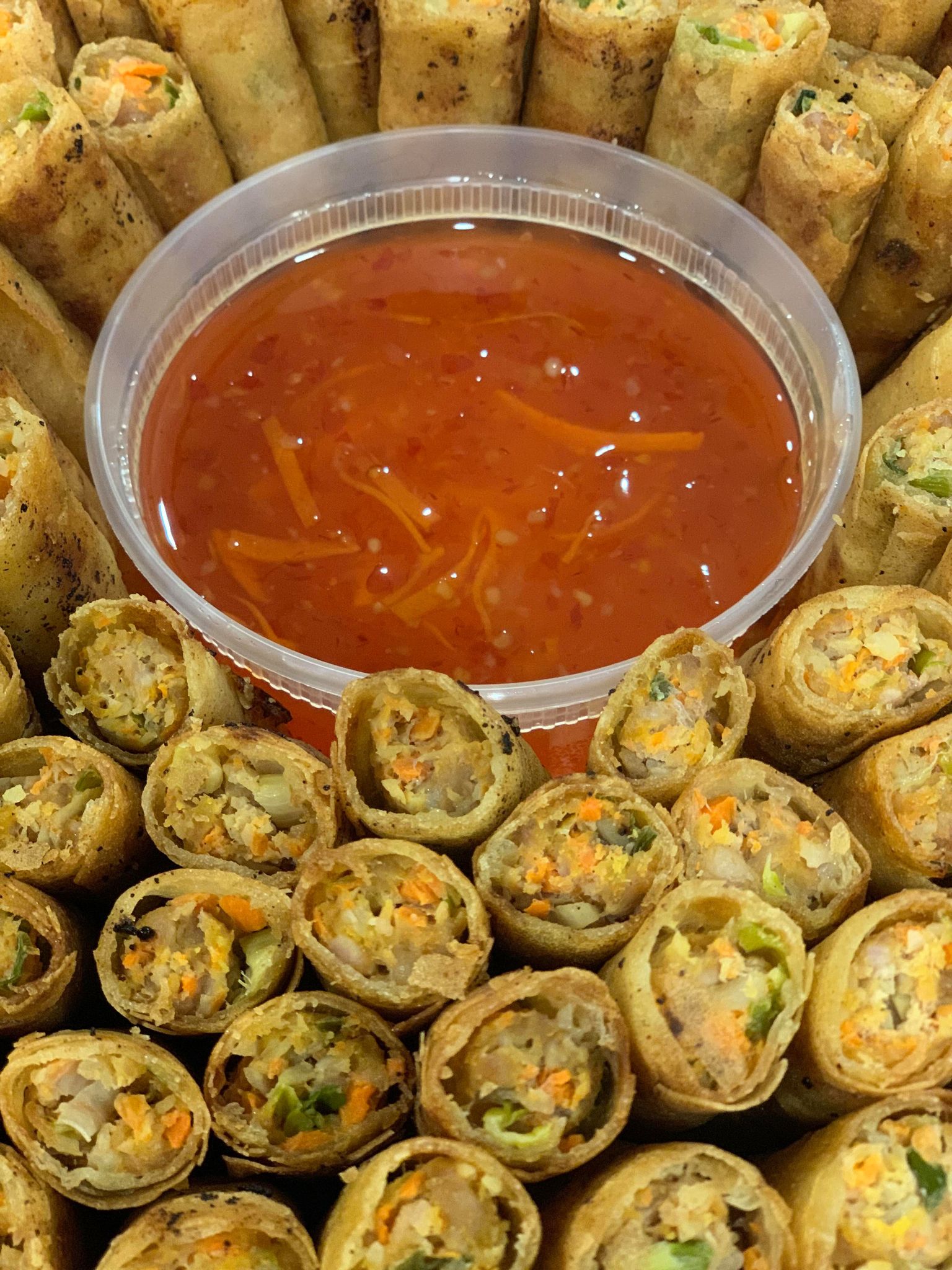 Lumpia (Filipino Spring Rolls)
Lumpia (Filipino Spring Rolls)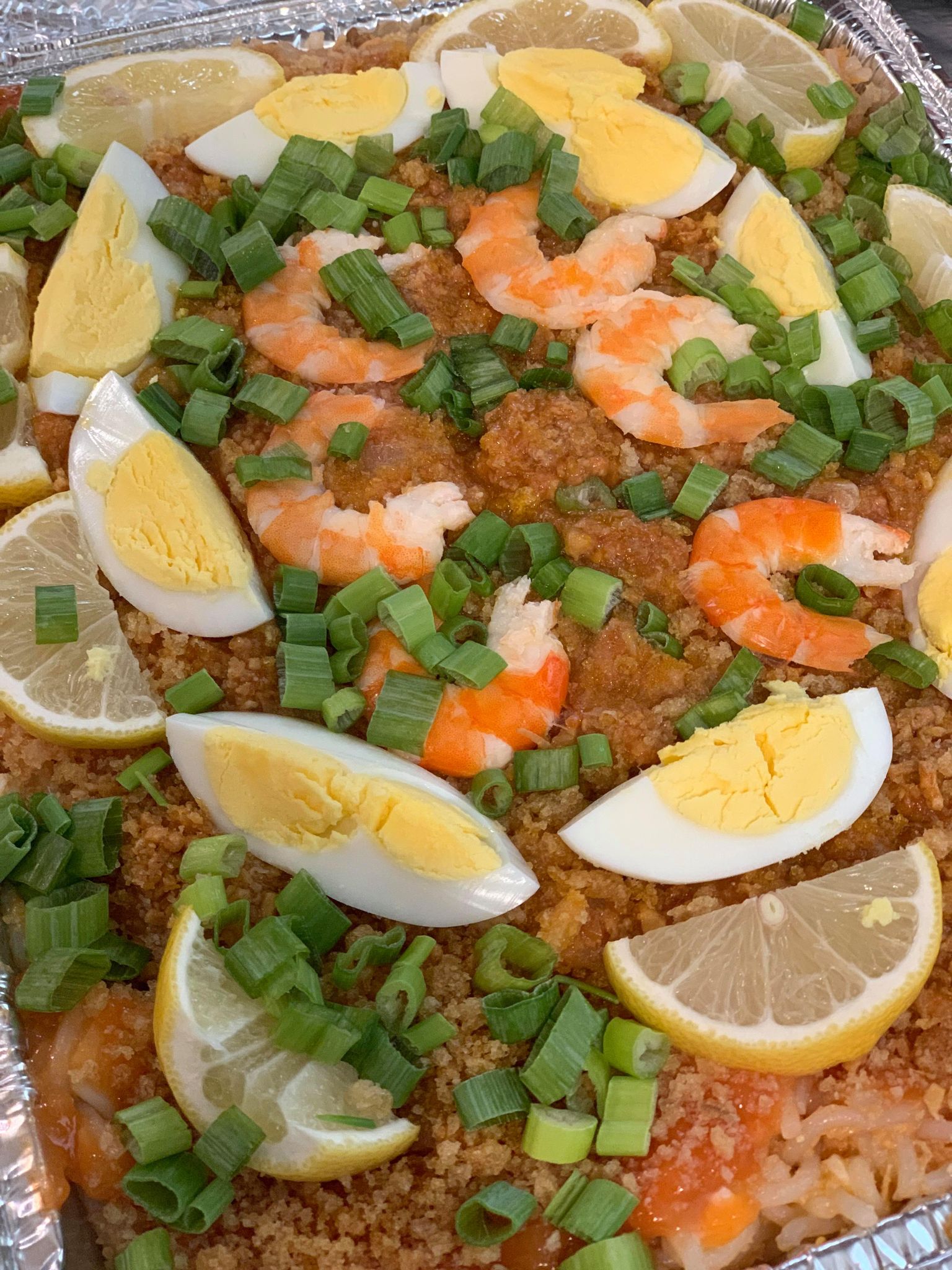
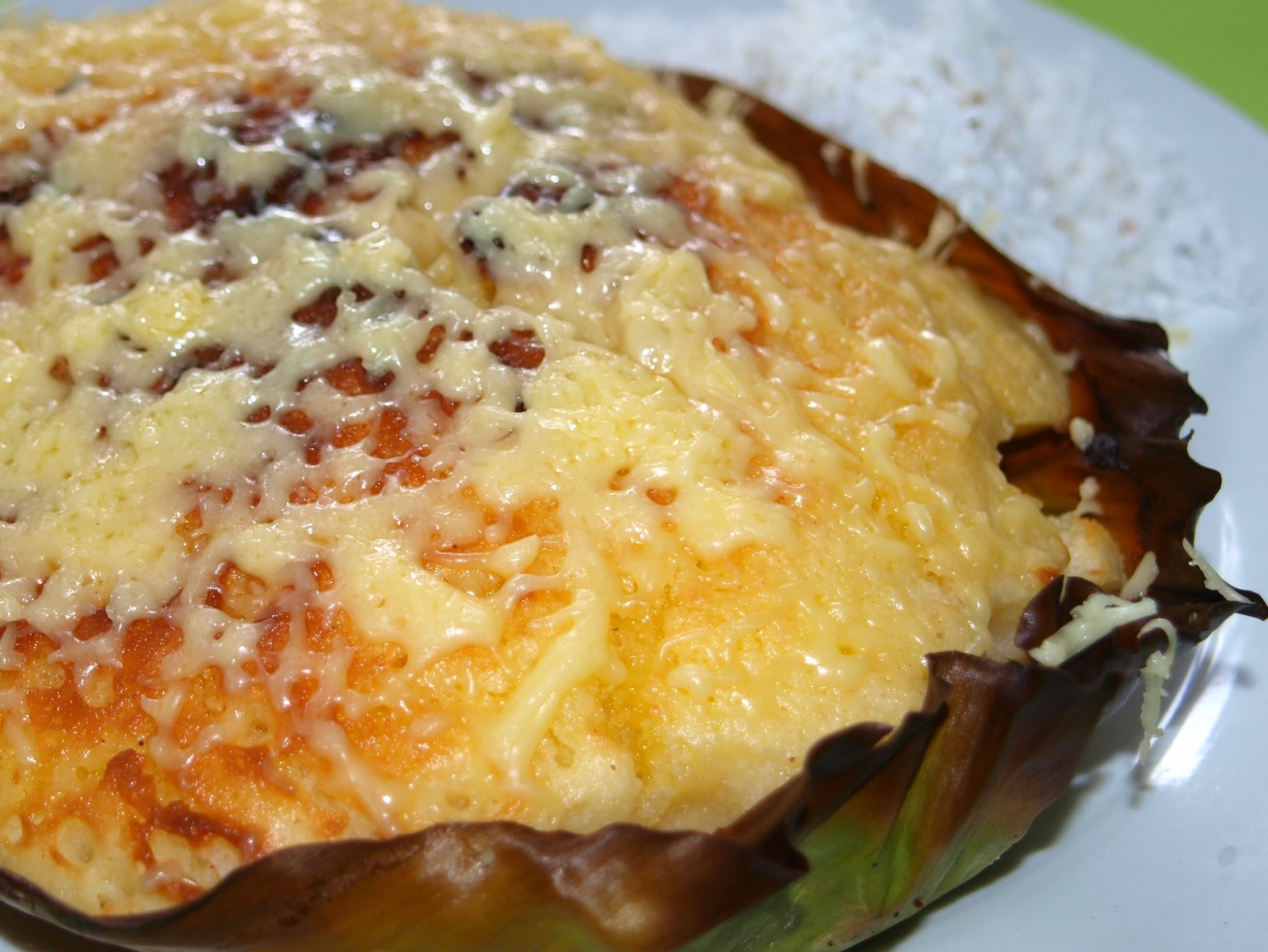 Bibinka (Baked Rice Cake)
Bibinka (Baked Rice Cake) Pandesal (Filipino Bread Rolls)
Pandesal (Filipino Bread Rolls)